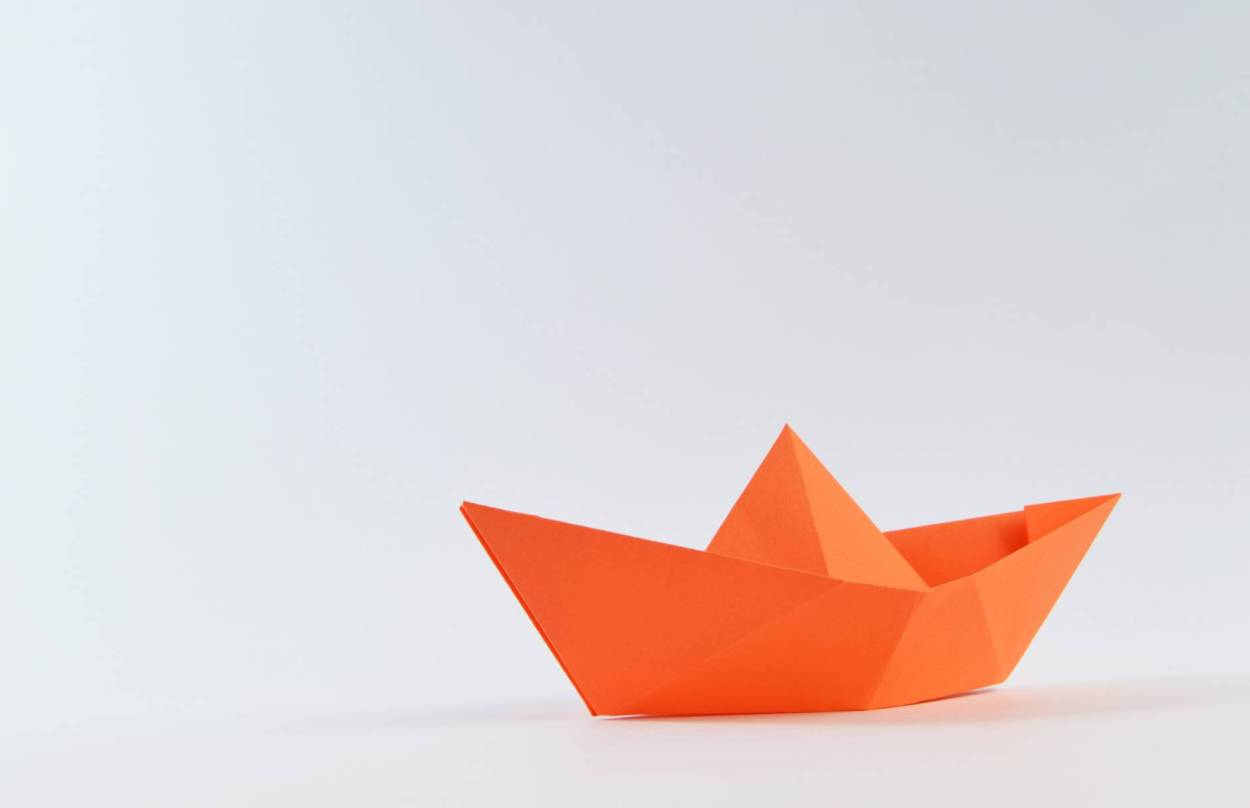The Titanic, as we all know, was a major tragedy that could have been averted. Over 1500 people lost their lives to that tragedy.
But, the shipping industry seems to have taken some lessons from that disaster to avert such disasters in the future – like making sure there are adequate lifeboats, the safety trainings are taken more seriously and having iceberg patrols in the Atlantic that alert ships about them.
As Nassim Taleb says, in his book Antifragile:
Had the Titanic not had that famous accident, as fatal as it was, we would have kept building larger and larger ocean liners and the next disaster would have been even more tragic. So the people who perished were sacrificed for the greater good; they unarguably saved more lives than were lost. The story of the Titanic illustrates the difference between gains for the system and harm to some of its individual parts…Every plane crash brings us closer to safety, improves the system, and makes the next flight safer—those who perish contribute to the overall safety of others. Swiss flight 111, TWA flight 800, and Air France flight 447 allowed the improvement of the system. But these systems learn because they are antifragile and set up to exploit small errors
So, systems, companies and individuals that learn from their own mistakes and from the mistakes of others are likely to become antifragile.
In 2013, the US Fed just mentioned that it would reduce the money supply in the system. As an adverse reaction, funds all over the world started pulling money out of the markets worldwide and this caused stock market crashes and credit market freezes. Bajaj Finance, an Indian NBFC, said that because of the freeze, they couldn’t borrow money for over 50 days. Soon after, the US Fed eased the nerves and announced that it would not reduce the money supply and the credit markets in India eased too.
But, as a learning out of that episode, Bajaj Finance did two things:
- Made sure that it kept aside some cash at all times to overcome similar credit crises. Cash that idles is a drag on the performance, but yet it chose to keep spare cash handy to meet exigencies.
- Diversified its sources of borrowing. It ramped up on the retail deposits from 1% in 2013 to 24% in 2020. Retail borrowings are costlier than wholesale borrowings, yet it chose to do that to keep an alternate source of funding handy.
Both the measures were like taking insurance- costly in the short term, but allows you to sleep in peace.
In 2018, when the IL&FS crisis happened, the lenders once again became shy while lending to NBFCs. But Bajaj Finance sailed through that crisis, demonetization and is likely to survive the Covid crisis, without much worry.
Contrast that with another NBFC in India. This company has a license from the RBI to take deposits. And taking retail deposits would actually lower its cost of borrowing. Yet, it chose to not ramp up on retail borrowings until the Covid crisis hit. Why wouldn’t you learn from the mistakes of others like DHFL who didn’t manage their cashflows properly? Why wouldn’t you make your business model more anti fragile by diversifying your sources of funding so as to protect against future crises?
As they say, life is too short to make all the mistakes yourself and learn from them. Therefore, we must learn from the mistakes – ours and more so that of others because what kills others may make us stronger. So, take out insurance, have savings, avoid debt, drive carefully, avoid tobacco and drugs and wear protective gear.
Thanks for reading!
